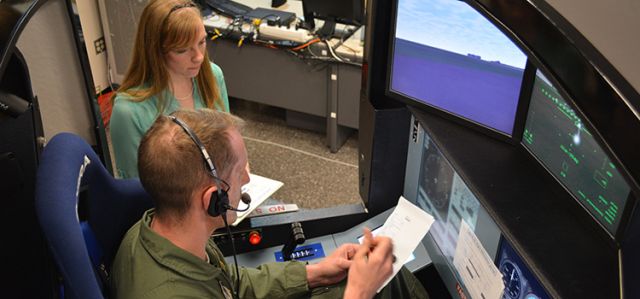Document Type
Conference Paper
Publication Date
1997
Publication Source
Proceedings of the Industrial Energy Technology Conference
Abstract
Up until now, most of the literature on fuel cell cogeneration describes cogeneration at commercial sites. In this study, a PC25C phosphoric acid fuel cell cogeneration system was designed for an industrial facility and an economic analysis was performed. The US DOE Industrial Assessment Center (IAC) database was examined to determine what industry considers a good investment for energy saving measures. Finally, the results of the cogeneration analysis and database investigation were used to project the conditions in which the PC25C might be accepted by industry.
Analysis of IAC database revealed that energy conservation recommendations with simple paybacks as high as five years have a 40% implementation rate; however, using current prices the simple payback of the PC25C fuel cell exceeds the likely lifetime of the machine. One drawback of the PC25C for industrial cogeneration is that the temperature of heat delivered is not sufficient to produce steam, which severely limits its usefulness in many industrial settings. The cost effectiveness of the system is highly dependent on energy prices. A five year simple payback can be achieved if the cost of electricity is $0.10/kWh or greater, or if the cost of the fuel cell decreases from about $3,500/kW to $950/kW. On the other hand, increasing prices of natural gas make the PC25C less economically attractive.
Document Version
Published Version
Copyright
Copyright © 1997, Texas A&M University
Publisher
Texas A&M University
Place of Publication
Houston, TX
eCommons Citation
Phelps, Scott B. and Kissock, J. Kelly, "A Feasibility Study of Fuel Cell Cogeneration in Industry" (1997). Mechanical and Aerospace Engineering Faculty Publications. 148.
https://ecommons.udayton.edu/mee_fac_pub/148
Included in
Aerodynamics and Fluid Mechanics Commons, Automotive Engineering Commons, Electro-Mechanical Systems Commons, Energy Systems Commons




Comments
This document is provided for download by permission of the publisher. Permission documentation is on file.